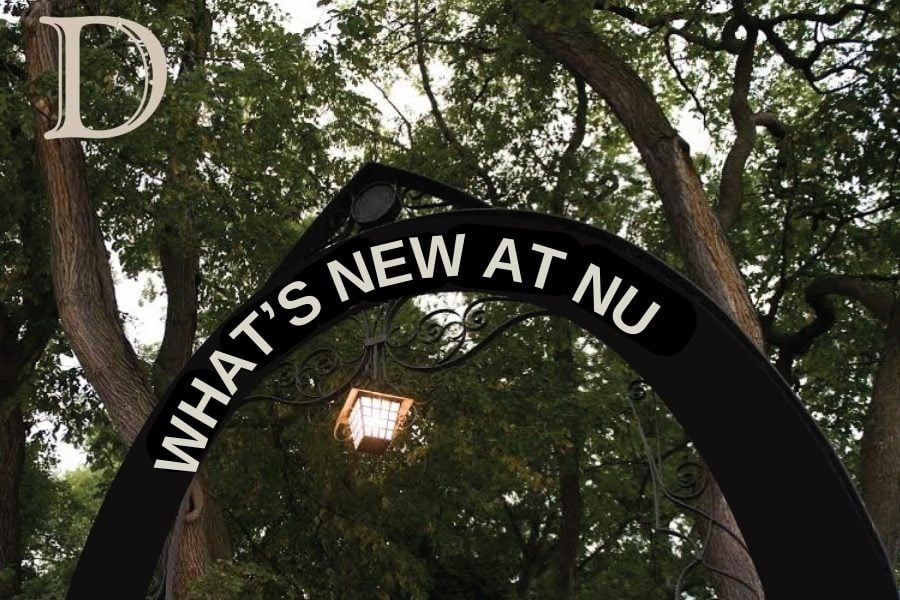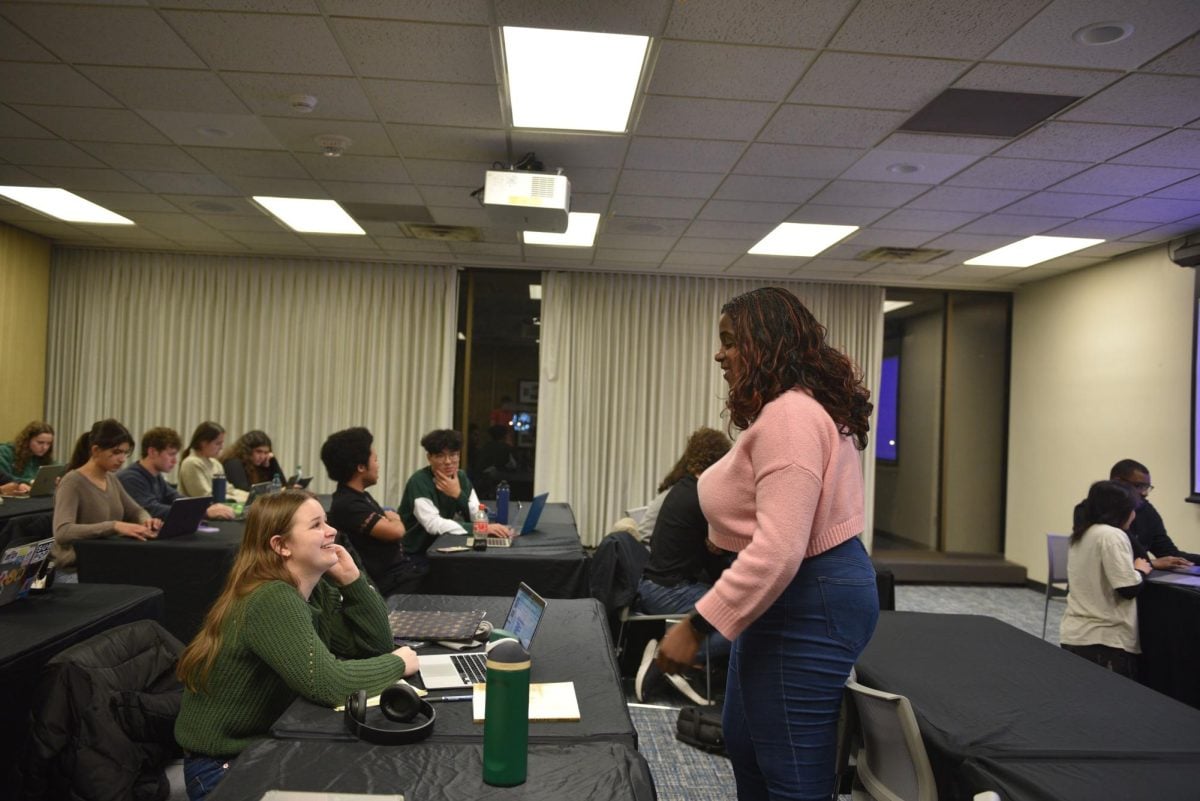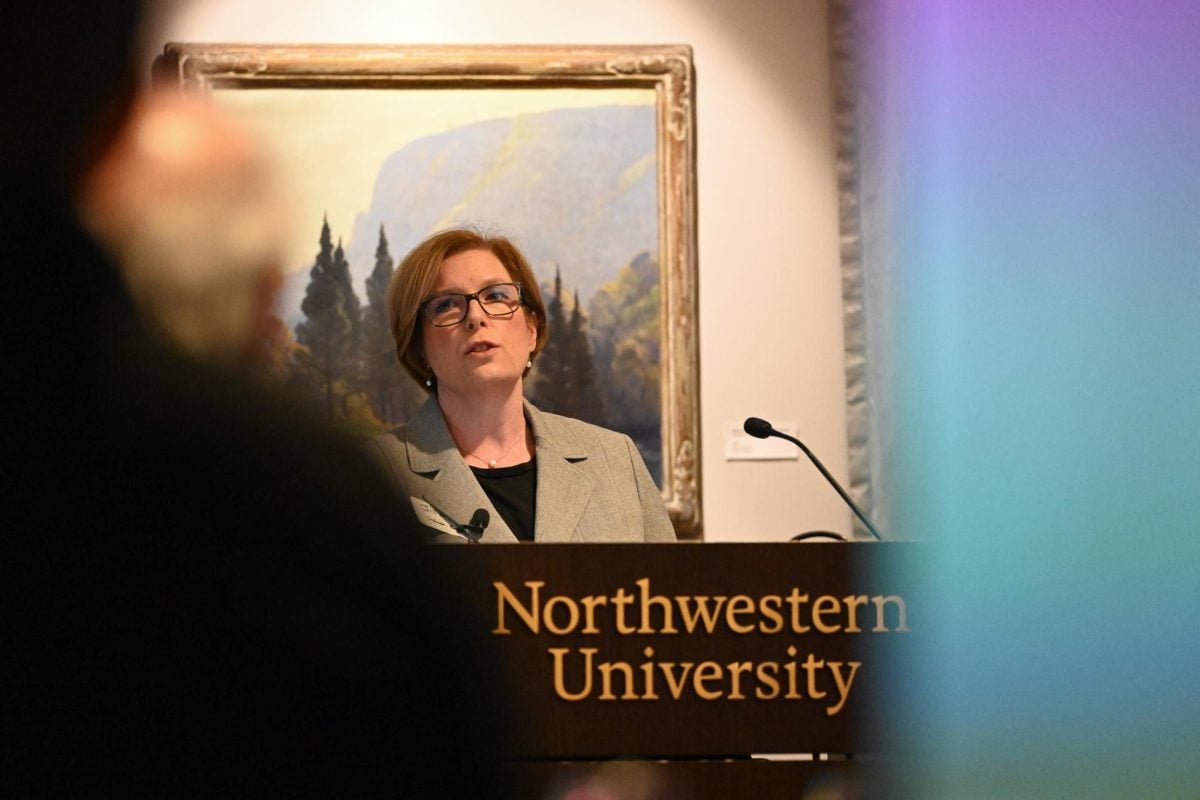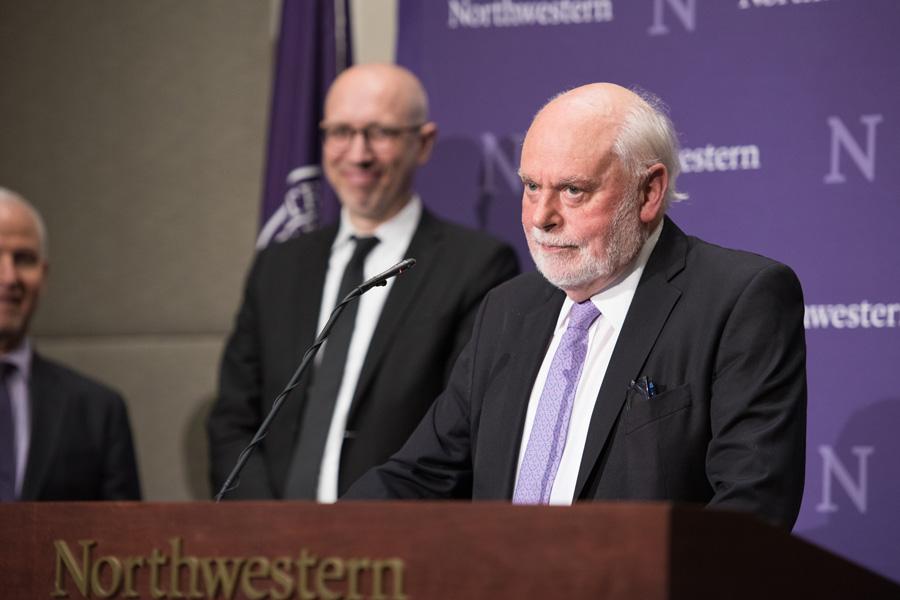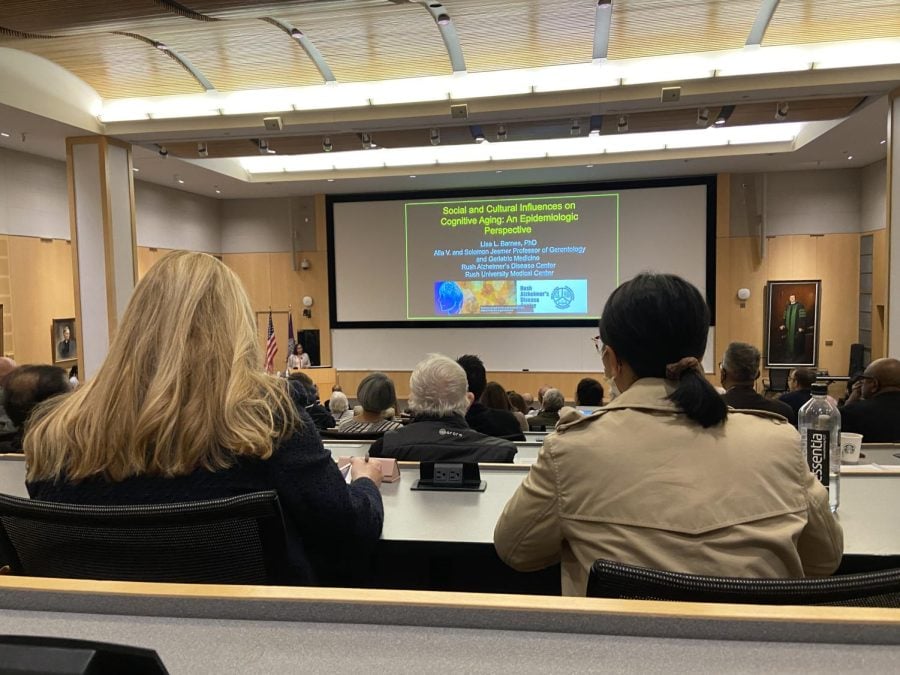“Exploration, people and impact”: These three words propel Northwestern’s Center for Interdisciplinary Exploration and Research in Astrophysics according to the organization’s Director of Operations Kari Frank.
Celebrating its 15th anniversary this year, Frank said the center is made up of 160 members, with faculty across 12 different campus departments. CIERA hosts graduate, undergraduate and postdoctorates alike to ensure its research is reaching NU and beyond.
CIERA’s impact is not solely achieved through publishing research papers, Frank said — the organization influences the international astronomy community as a whole.
CIERA accomplished that goal last month, when NU officially became a founding partner of the Giant Magellan Telescope, which is launching in the 2030s. It’s the “most powerful telescope on Earth,” according to its website.
“The mount is being built here in Illinois, and it’s really gonna affect our path for the future at CIERA,” Frank said. “This is a multi-decade long thing. This will be the top telescope for 50 years once it goes up.”
The University classifies CIERA as one of its University Research Institutes and Centers, which facilitate cross-disciplinary research rather than existing within a single school.
CIERA’s main purpose is to connect researchers and faculty across the University who work in engineering and science to research astronomy together, Frank said.
Prof. Wen-fai Fong, a CIERA research member who researches why certain space explosions happen, said the center provides her lots of opportunities to meet with new people with fresh ideas.
Fong said CIERA is particularly unique when it comes to attracting researchers because it is interdisciplinary — an uncommon feature of research centers in this field. Fong added that while many of her peers are members of the Department of Physics and Astronomy, there are others who are not in that department but have various research connections.
“That’s what makes us special, compared to other astronomy departments across the country,” Fong said. “CIERA itself … is a really lively place. Down the hallway, there’s always conversations and collaboration.”
CIERA also hosts interdisciplinary conferences. Having researchers from disciplines like data science on board is not just exciting, but also functional, Fong said.
“(Being interdisciplinary) is a really big thing because a lot of times in astronomy, we deal with large data sets,” Fong said. “When getting lots of data from a telescope … it’s no longer an astronomy problem, but it’s a data management data science problem. (CIERA) enables those types of collaborations and communication.”
CIERA also hosts ongoing events, such as Astronomy on Tap, where graduate students gather informally at bars and restaurants to discuss all things astronomy, and its weekly “journal club,” where members discuss the latest research papers and occasionally hear from visiting experts.
Founded in 2009, Frank said CIERA originally lived in Dearborn Observatory. It only moved out of Dearborn when its size “outgrew” the space, Frank added.
The research center’s founders believed in doing things for the public, and enhancing STEM education for upcoming scientists, Frank said.
“When CIERA was founded, if you asked ‘name the top 10 astronomy institutions in the country,’ NU would not have been one,” Frank said. “Nowadays, it is, which is pretty cool. We’re competing with a lot of the top astronomy institutions that have been in this for 100 years.”
Hailin Wang, a third-year PhD candidate and Board of Visitors Graduate Fellow who researches star formation and the role of magnetic fields, said she encourages undergraduates to reach out to labs if they are interested in breaking into research — CIERA in particular.
“It doesn’t matter if you’re a freshman or senior,” Wang said. “Don’t hesitate to reach out to the professors.”
Collaboration and connection are intertwined with CIERA’s operations — even through the physical office space, Frank said.
Surrounded by snapshots of space hung up on the walls, Frank said faculty are constantly convening with one another in these spaces.
“People like astronomy, but sometimes they think … we just sit here and we do research all the time,’” Frank said. “But it’s so much more vibrant than that.”
Email: [email protected]
X: @_melodyxu
Related Stories:
— TIDAL Lab creates new computer science learning technologies
— Nights at Dearborn Observatory, CIERA Astronomer Evenings bring astronomy education to the public
— Marcia Rieke talks James Webb Space Telescope for Heilborn Lecture Series

